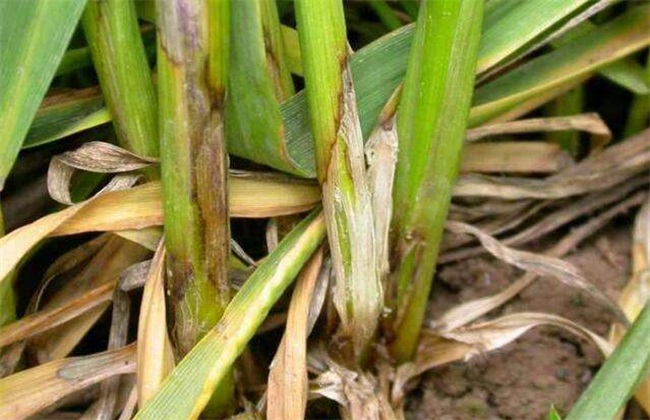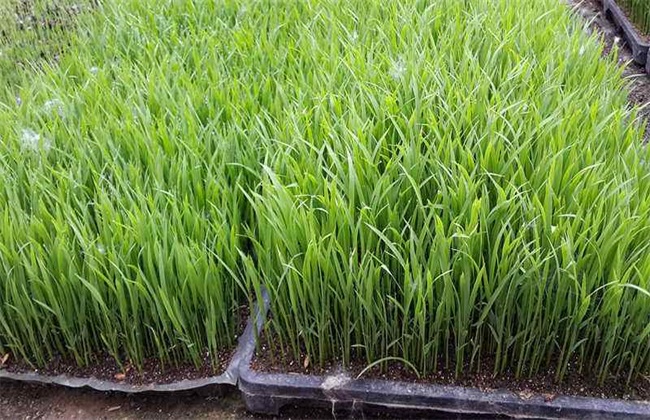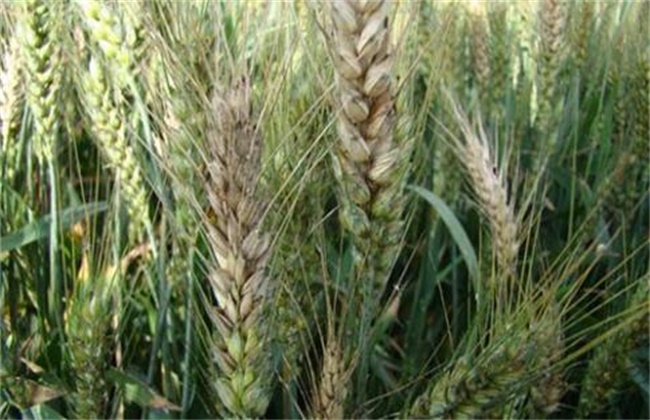How to control wheat sheath blight
Sharp eyespot of wheat is a common disease in wheat growing area. It can damage wheat bud, stem and ear. It is harmful to wheat and can cause direct loss and affect yield. Next, we will talk about the occurrence, causes and symptoms of wheat sheath blight, and finally introduce specific prevention and control measures against the disease.

I. Symptoms of infection
At the initial stage of infection, it mainly damages leaf sheaths and stems, starts to occur in leaf sheaths very close to the ground, produces round or fusiform brown spots, expands continuously, and finally causes stem rot. Later will find leaf sheath all disease, the disease spots were moiré, humidity will grow yellow or white mold.
II. Causes
Mycelia and sclerotia overwinter in soil and diseased tissues, the disease will occur throughout the growth period, generally serious in warm and humid weather, spread rapidly, widespread, early spring disease is an important source of infection, must be controlled and eliminated to avoid excessive base number of bacteria, too fast reproduction. Rain, lack of light, serious disease season, sowing just so that growth jointing stage in summer disease heavy.
III. Prevention and control methods
1. seed selection
Select varieties with strong adaptability and resistance, such as Huamai 7, Emai 6, Afu, Ji 84-5418, Yumai 10 and Yumai 13. These are excellent varieties cultivated in the main wheat area for many years, which are worth popularizing and planting, and have certain safety guarantee.
2. adaptive management
Sowing at the right time can reduce certain hazards. Sowing some time earlier can reduce the possibility of harm by missing the high temperature and rainy climate at jointing stage. Low early sowing temperature in the field can inhibit the propagation of the pathogen. Weeds must be removed in time to avoid forming a closed environment at the base of wheat after growth, increasing temperature and humidity, and aggravating diseases.
3. medicament
Before sowing, use B#powder or 33% vanillin (triadimefon + carbendazim) WP for seed dressing to disinfect seeds and avoid seed infection. 1kg seeds plus 1.5 kg seeds plus 1.5 mg gibberellin to remove the key points after spraying, if urgent planting can be used. At jointing stage, 10g of Jinggangmycin or 6- 9g of benzole·propiconazole are used to control diseases per mu. The wheat field is densely sprayed to the roots, which can increase the water consumption and allow the medicine to flow to the roots.
If you plant wheat field occurred such disease, you can combine the planting weather and disease occurrence conditions to refer to treatment, I hope there can be some help. More wheat-related content can continue to pay attention to updates and consult them by themselves.
Related
- The first cup of black tea in spring, the flavor and history of tea gardens in Kenya, Africa
- The computer can not only choose potatoes, but also grow tea rice. AI will grow winter oolong tea champion.
- It is not only the inflated tea bitten by insects, but also engraved with the four seasons tea in Beipu.
- The Oriental Beauty Tea Festival in Zhuxian County takes the stage at the weekend to experience the plus-size feast of oil tea.
- & quot; Oriental Beauty Tea & Exploration of Emei in Hsinchu, the hometown of quot;
- The new variety of strawberry "Tainong 1" dessert is the first choice with mellow aroma. Crimson gorgeous
- History of Tea in Taiwan: from Wild Inner Mountain to Export Tea Garden
- Two types of Taiwan Oriental Beauty Black Tea won the British three-Star Award for Childhood Tea Xiang Zhang Jiaqi changed from pilot to champion tea maker.
- Banana species and varieties: the planting history of Taiwan Xianren banana and dwarf banana is long, is banana disease resistant?
- Coffee planting Technology: Qianjie Coffee from Seedling to harvesting



